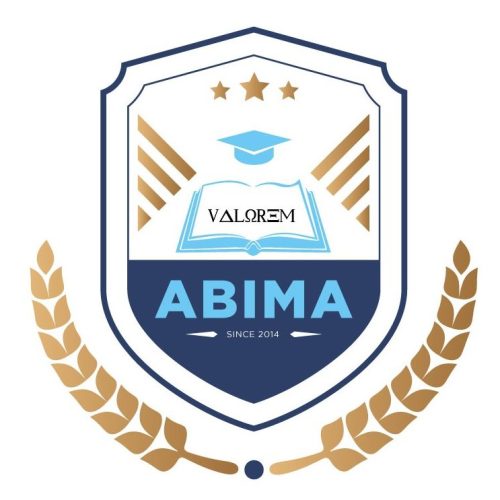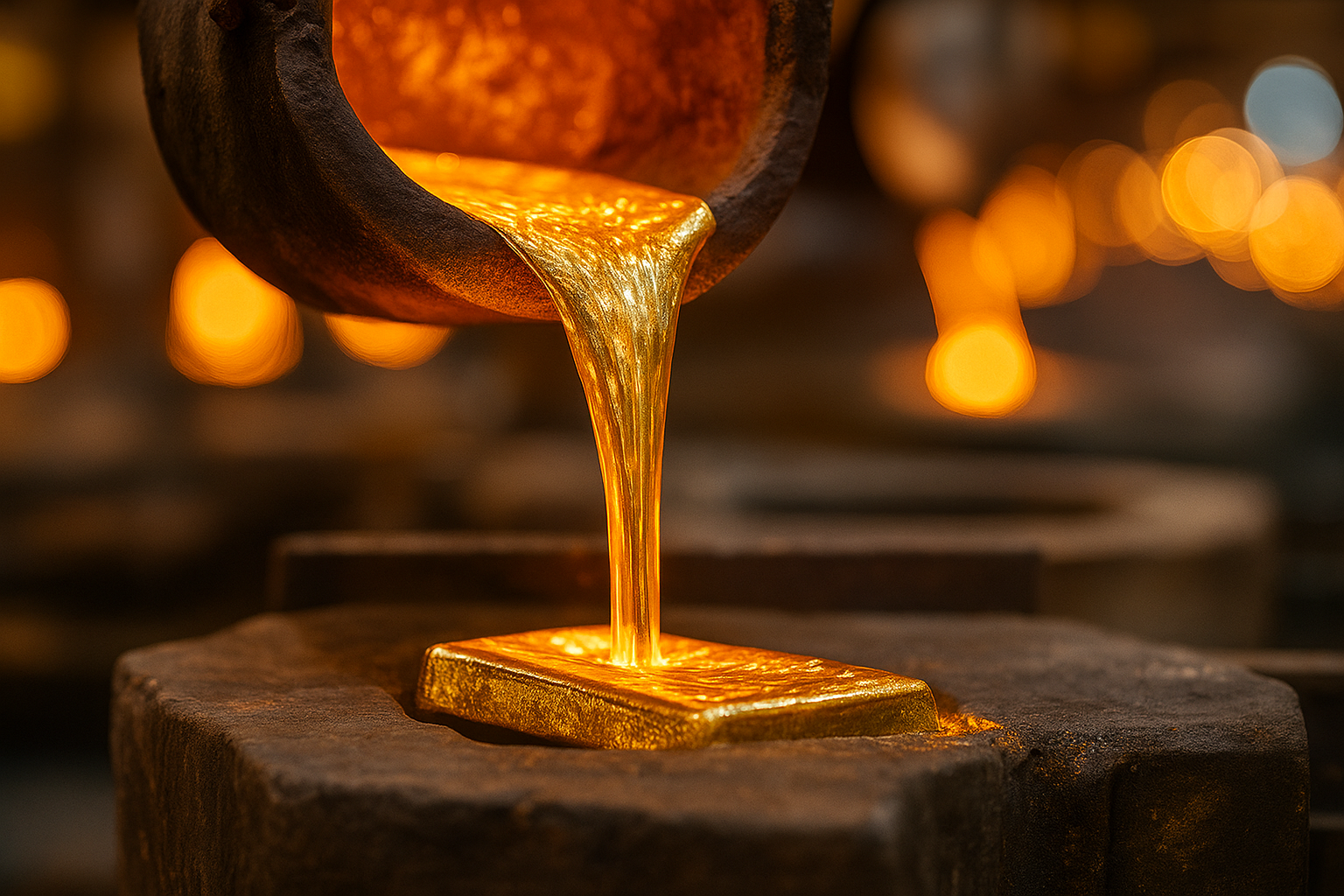Mali, Africa’s third-largest gold producer, is taking a bold step to transform its mining industry. In June 2025, President Assimi Goïta launched construction of the Senou Gold Refinery, a $200 million project backed by Russia’s Yadran Group, a Swiss investment firm, and the Malian state, which holds a 62% stake.
The facility, located on 5 hectares near Bamako airport, will process 200 tonnes of gold annually, four times Mali’s current production. Operations are targeted for mid-2027, with installation and certification phases running through 2026.
From Raw Exports to Refined Wealth
For decades, Mali exported raw gold, earning about $60/gram. Fully refined gold sells for $70–$75/gram, meaning Mali loses $10-15 million per tonne. If all 50 tonnes of Mali’s current output were refined locally, extra revenues of $500-750 million annually could be captured. With regional processing, the figure could exceed $2 billion.
A Shift in Policy
Past governments allowed foreign miners to export raw gold with little local value addition.
The Goïta administration changed course:
• Reformed the mining code in 2024 to mandate local processing.
• Increased state ownership in strategic projects.
• Diversified partnerships, turning to Russian and Swiss investors for funding and technology.
This marks a move toward resource sovereignty and long-term economic control.
Regional Ripple Effect
If successful, Senou could become a West African hub, attracting gold from Burkina Faso, Guinea, and Niger while inspiring similar projects for bauxite, lithium, and copper.
However, the project faces challenges:
• Securing LBMA certification to access global markets.
• Combating entrenched gold smuggling networks.
• Managing geopolitical tensions from Mali’s pivot toward Russia.
This is not only about revenue. It is locally believe that local refining will also help combat smuggling, improve traceability, and bring Mali closer to international certification standards such as LBMA (London Bullion Market Association)
Outlook
The Senou refinery is more than infrastructure, it’s a symbol of Mali’s ambition to move up the mining value chain. If managed transparently and executed on schedule, it could triple gold revenues within five years and open the door to a broader regional refining boom.
This project is Mali’s chance to turn its gold wealth into lasting economic power and set a precedent for the entire region.

